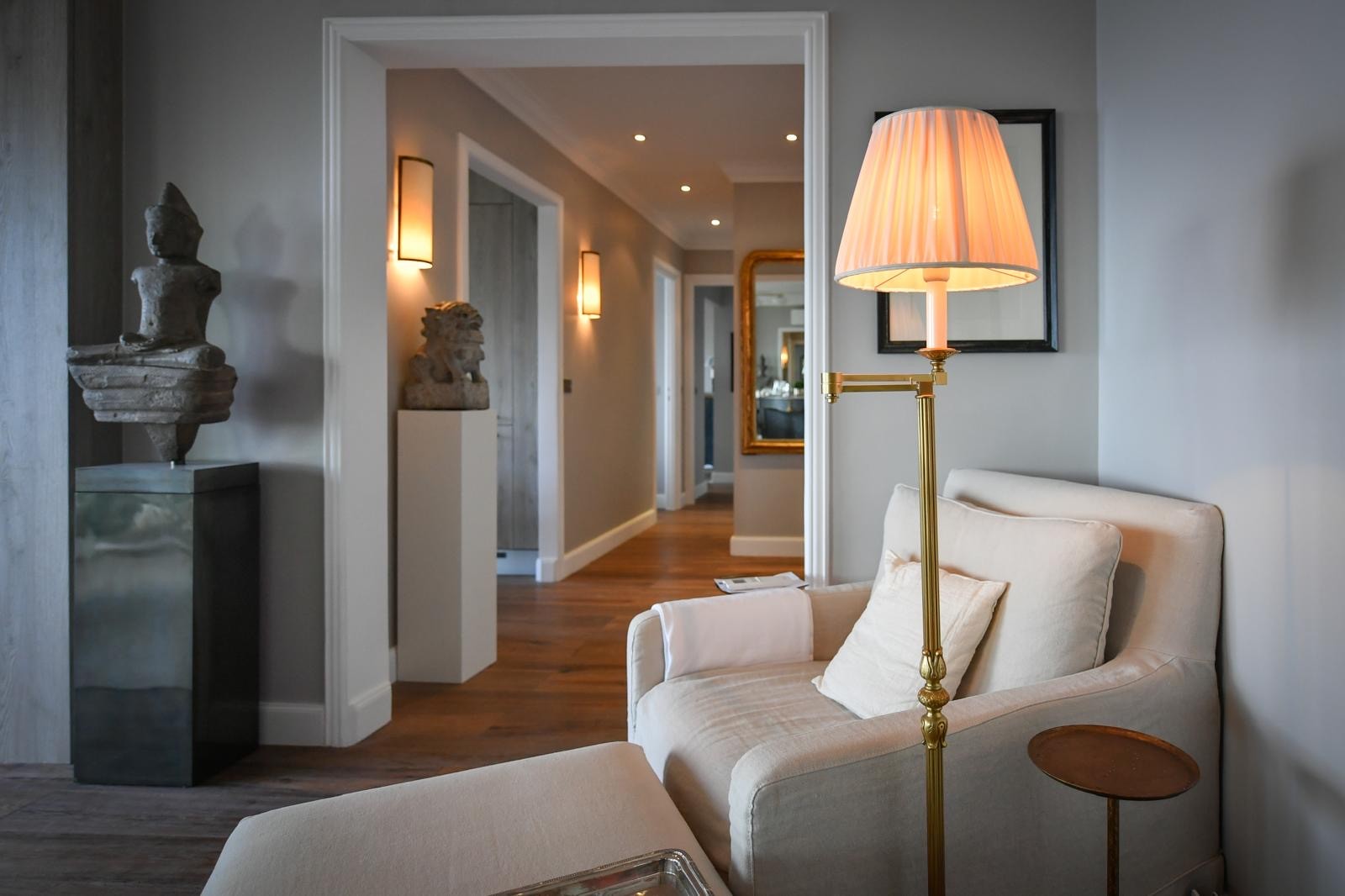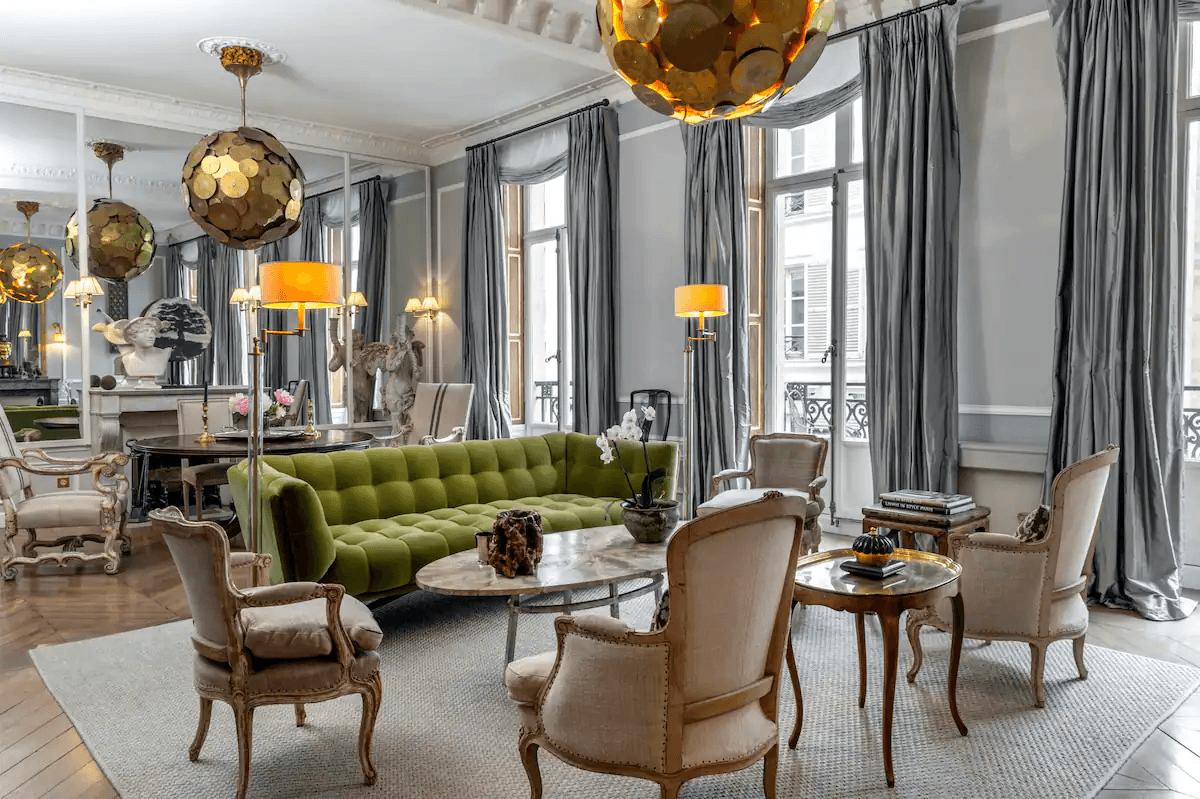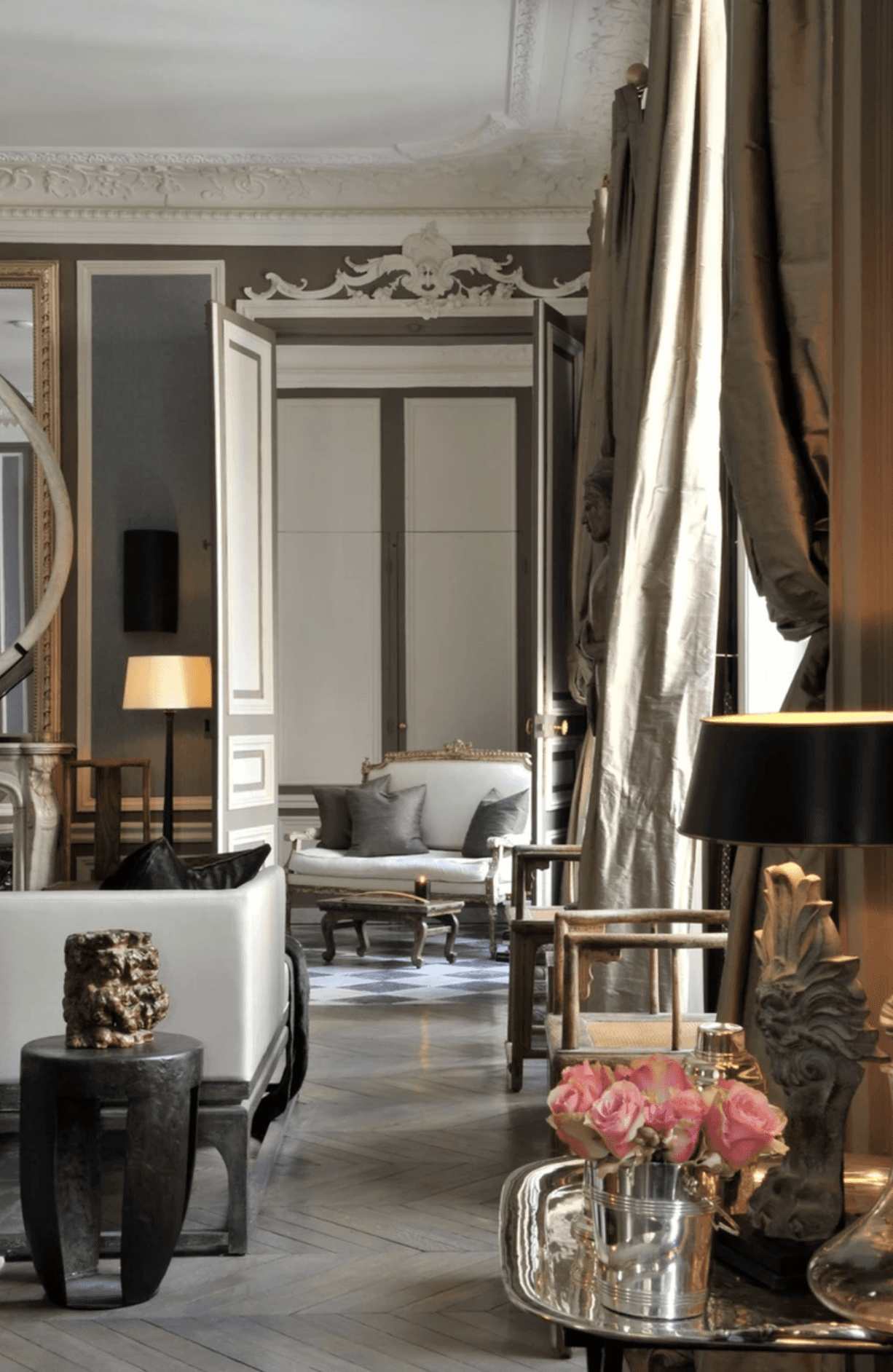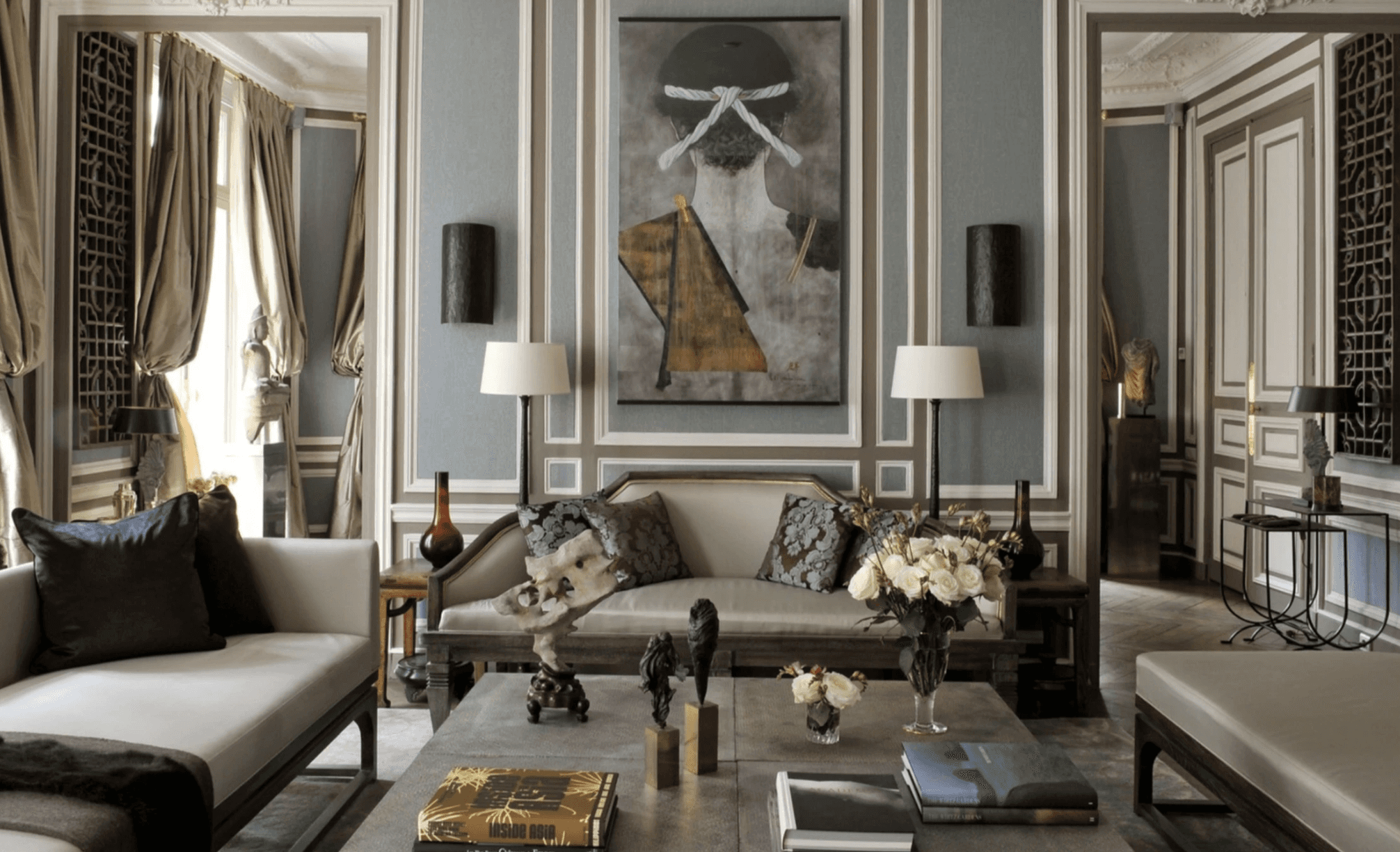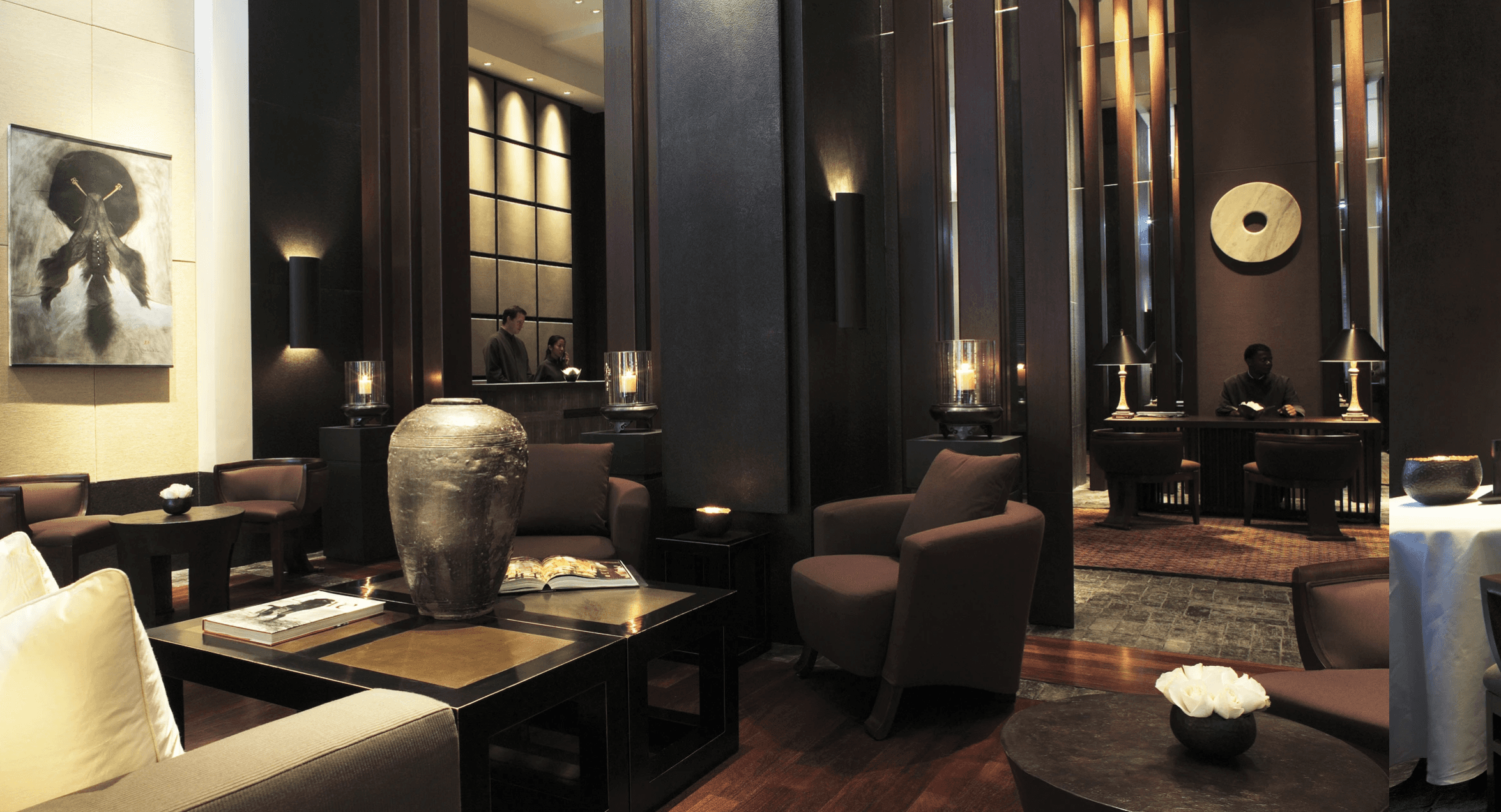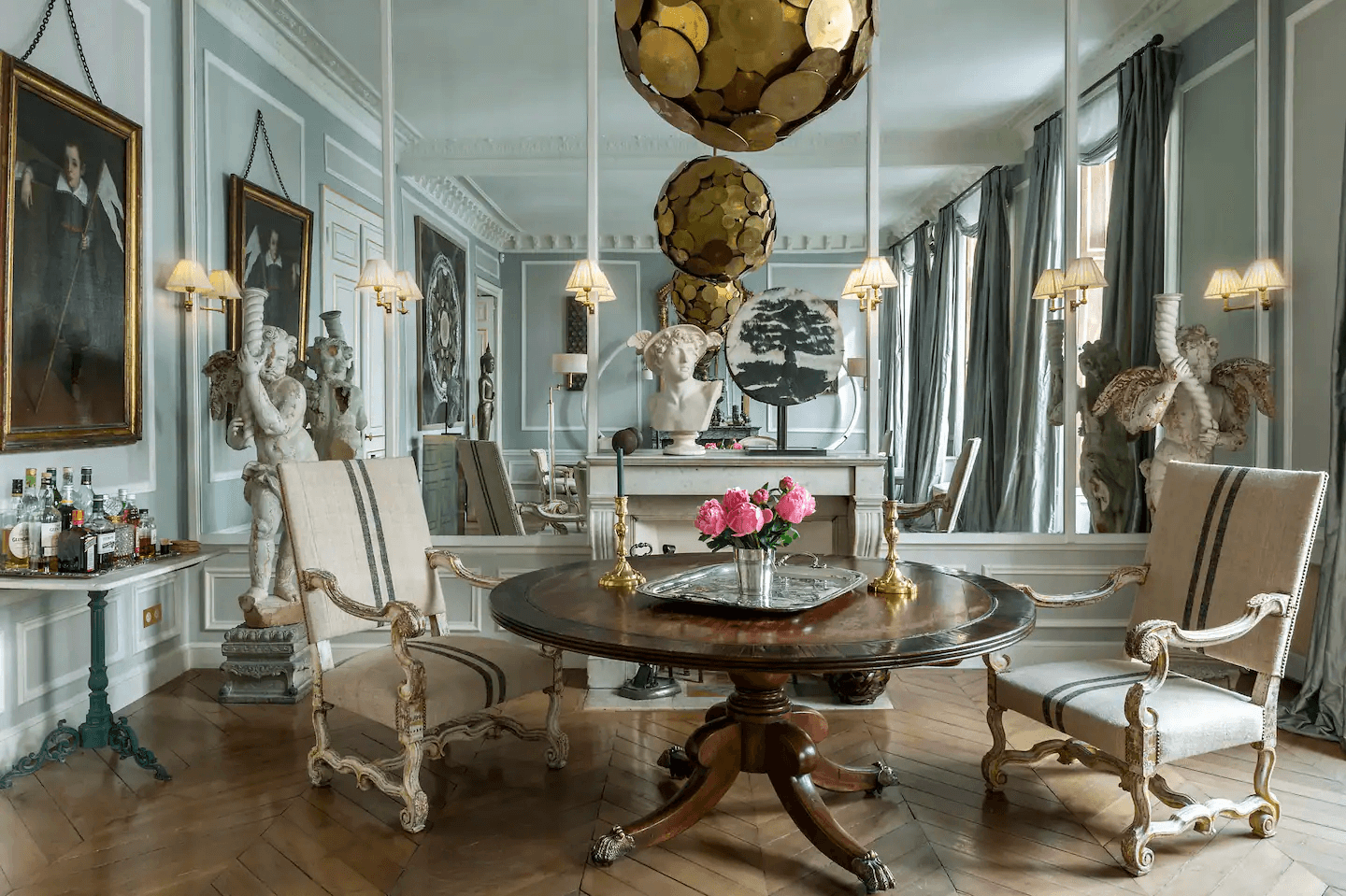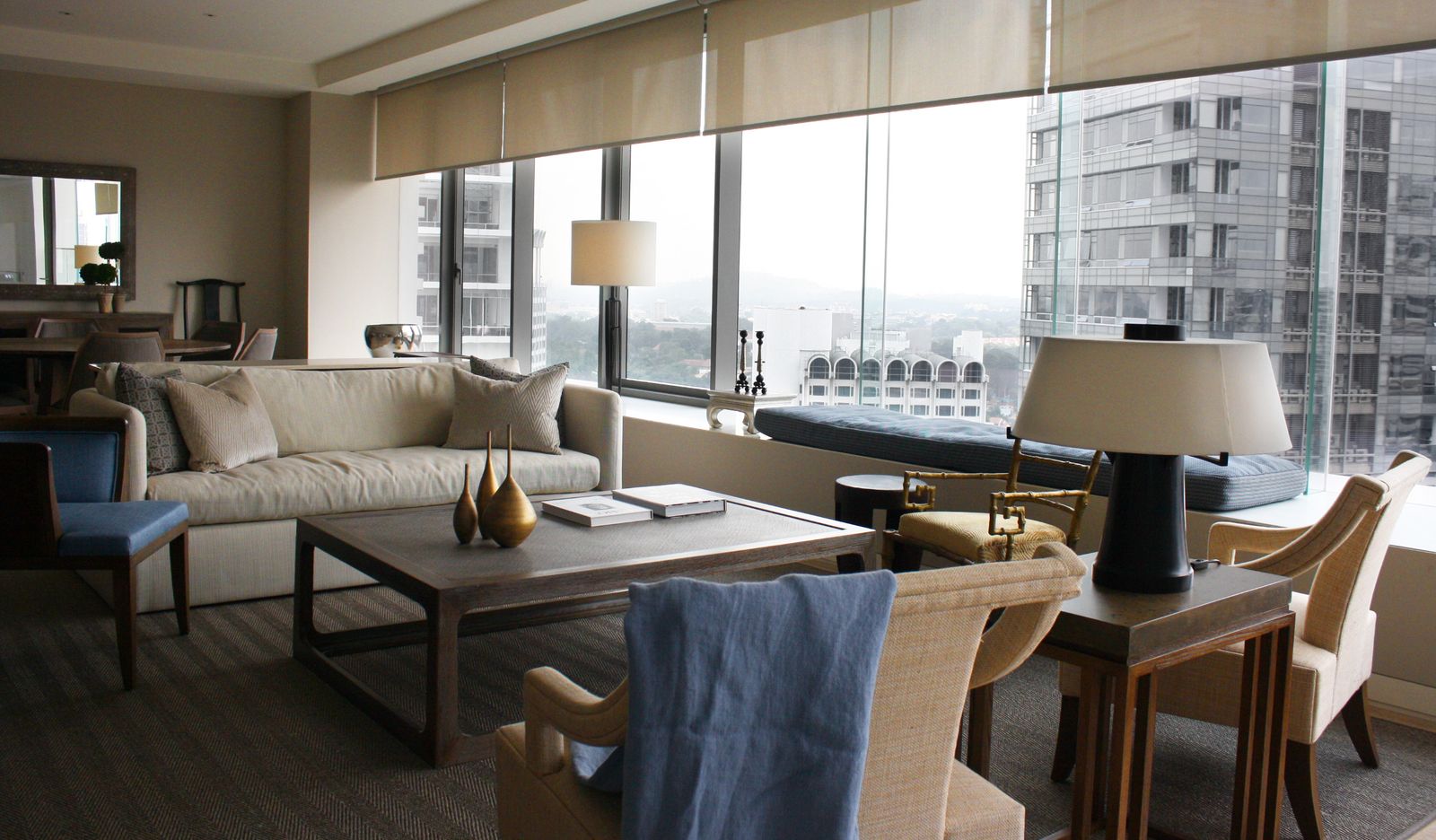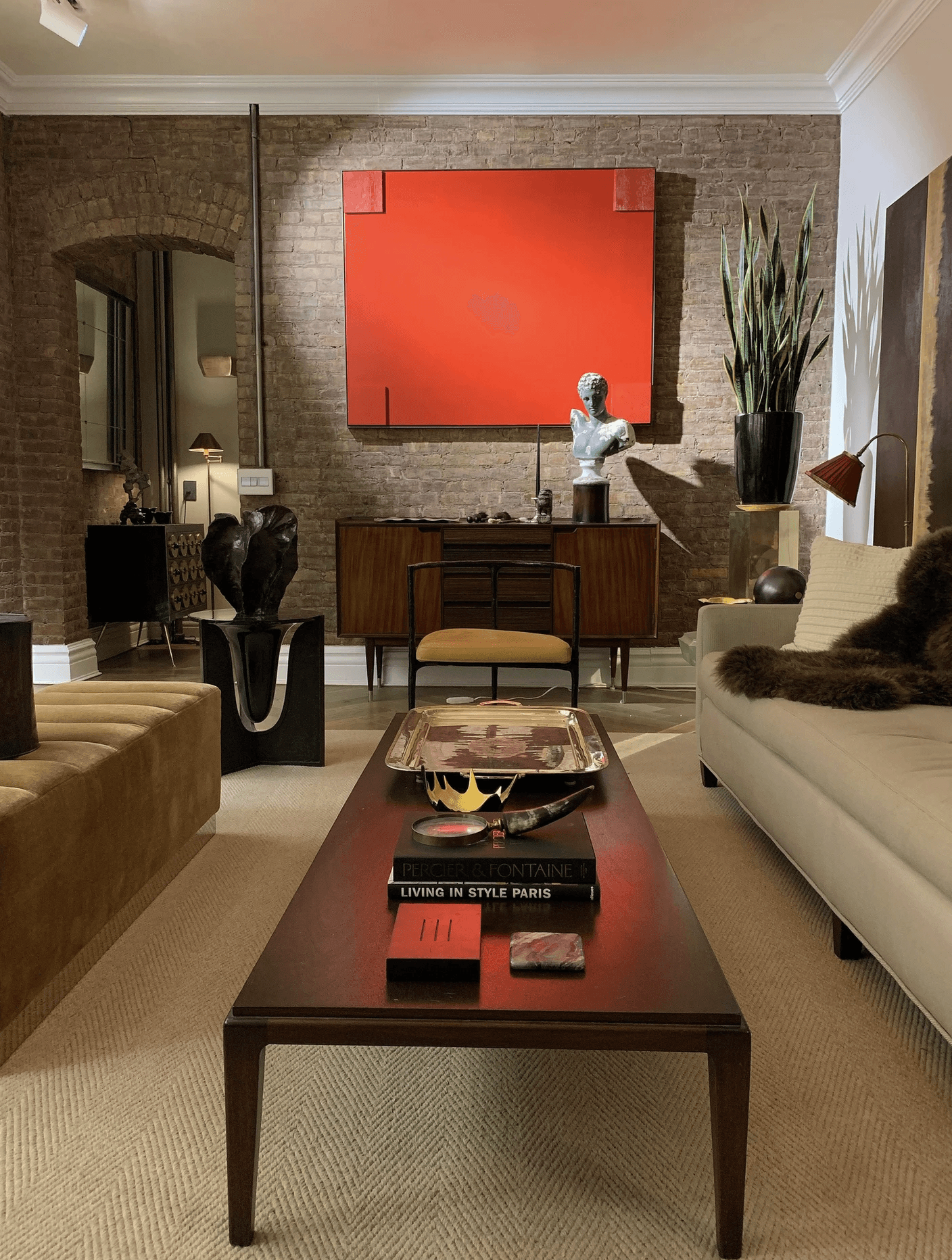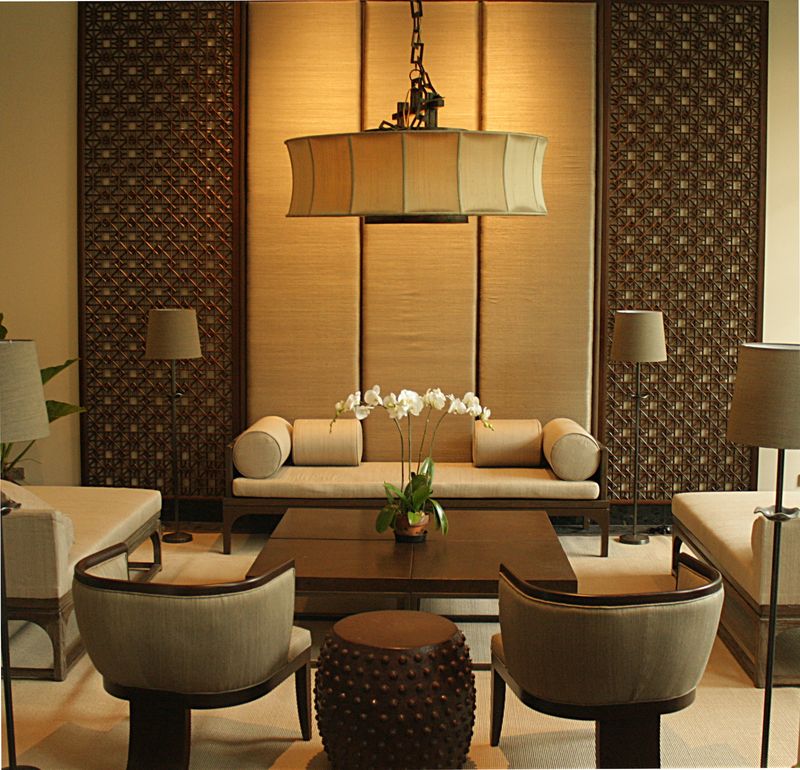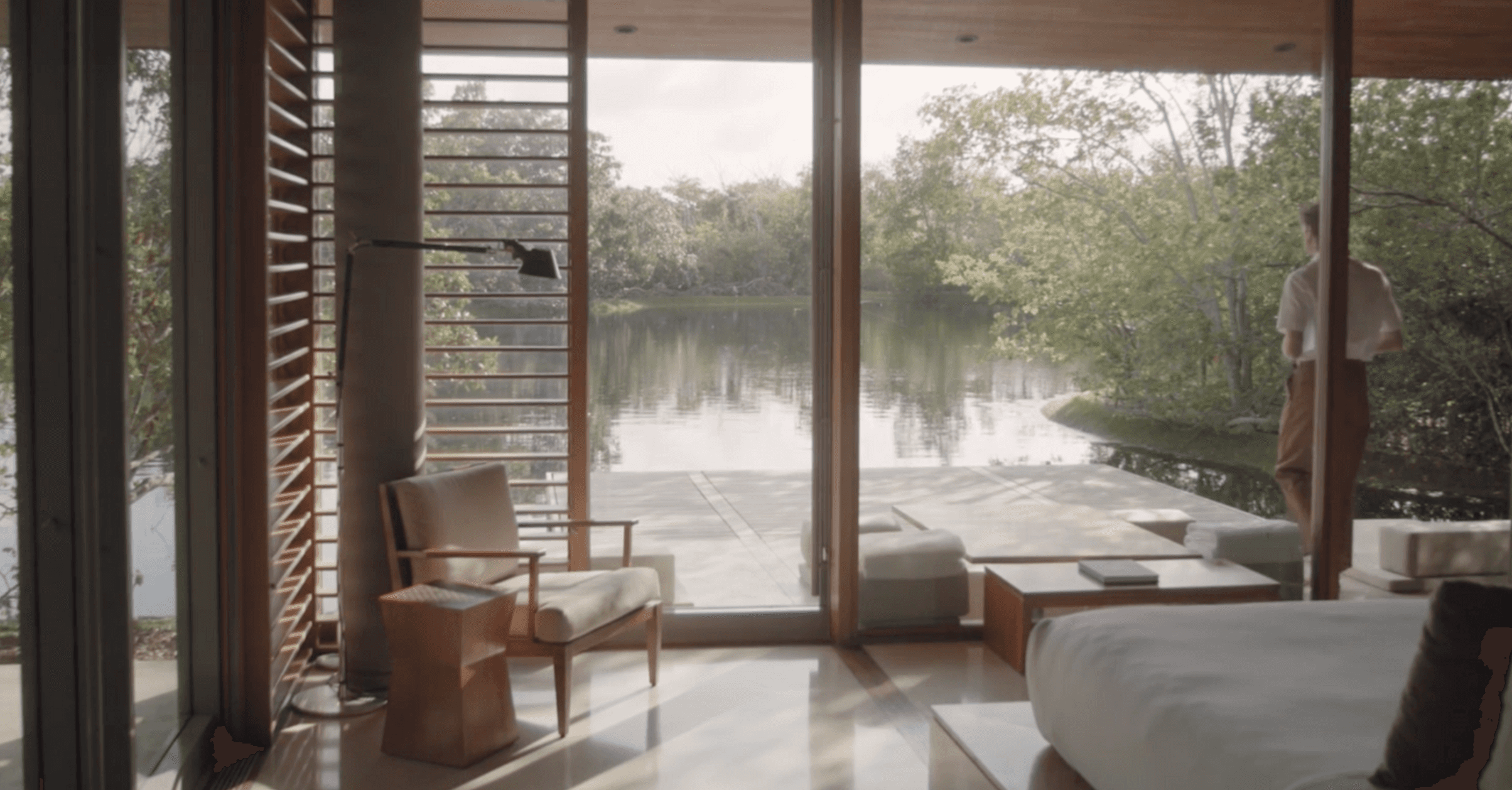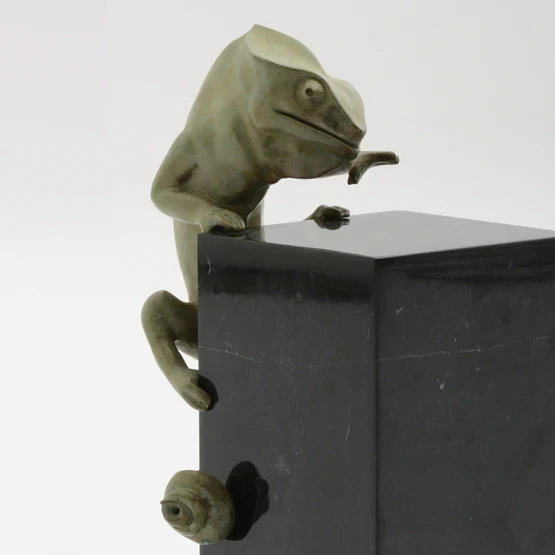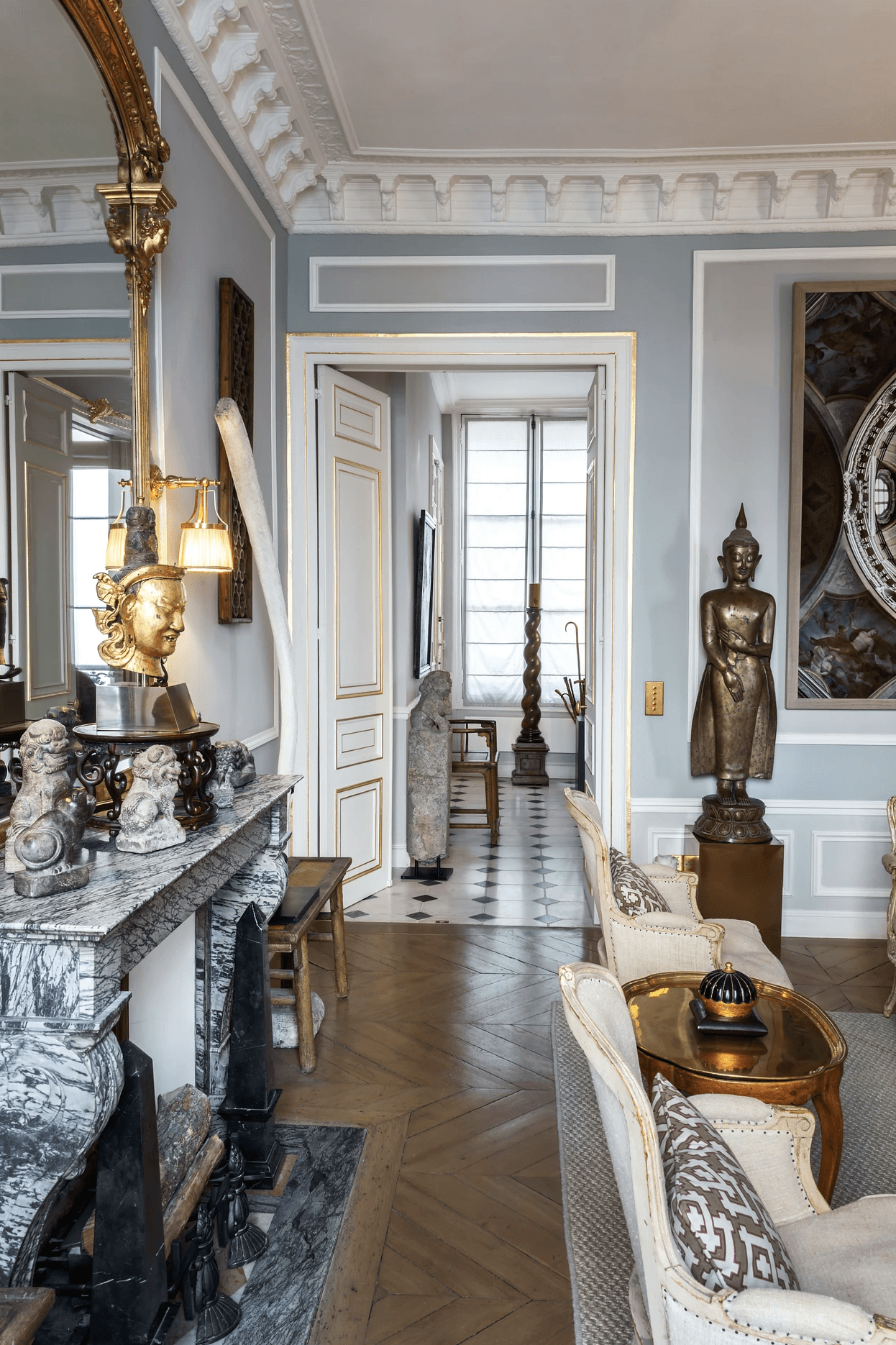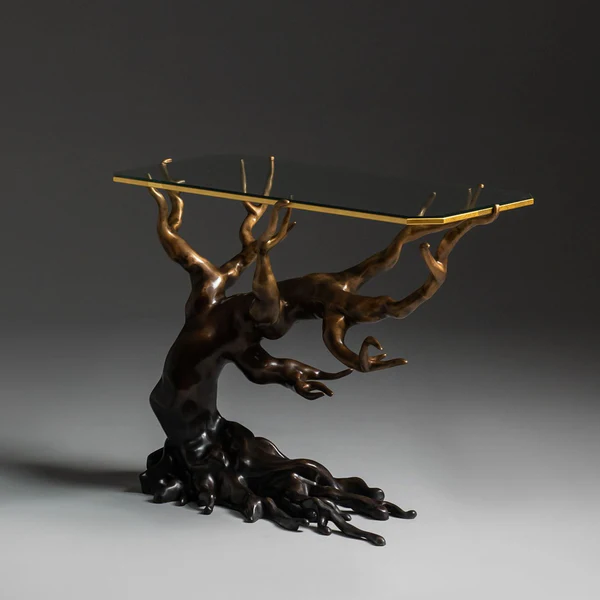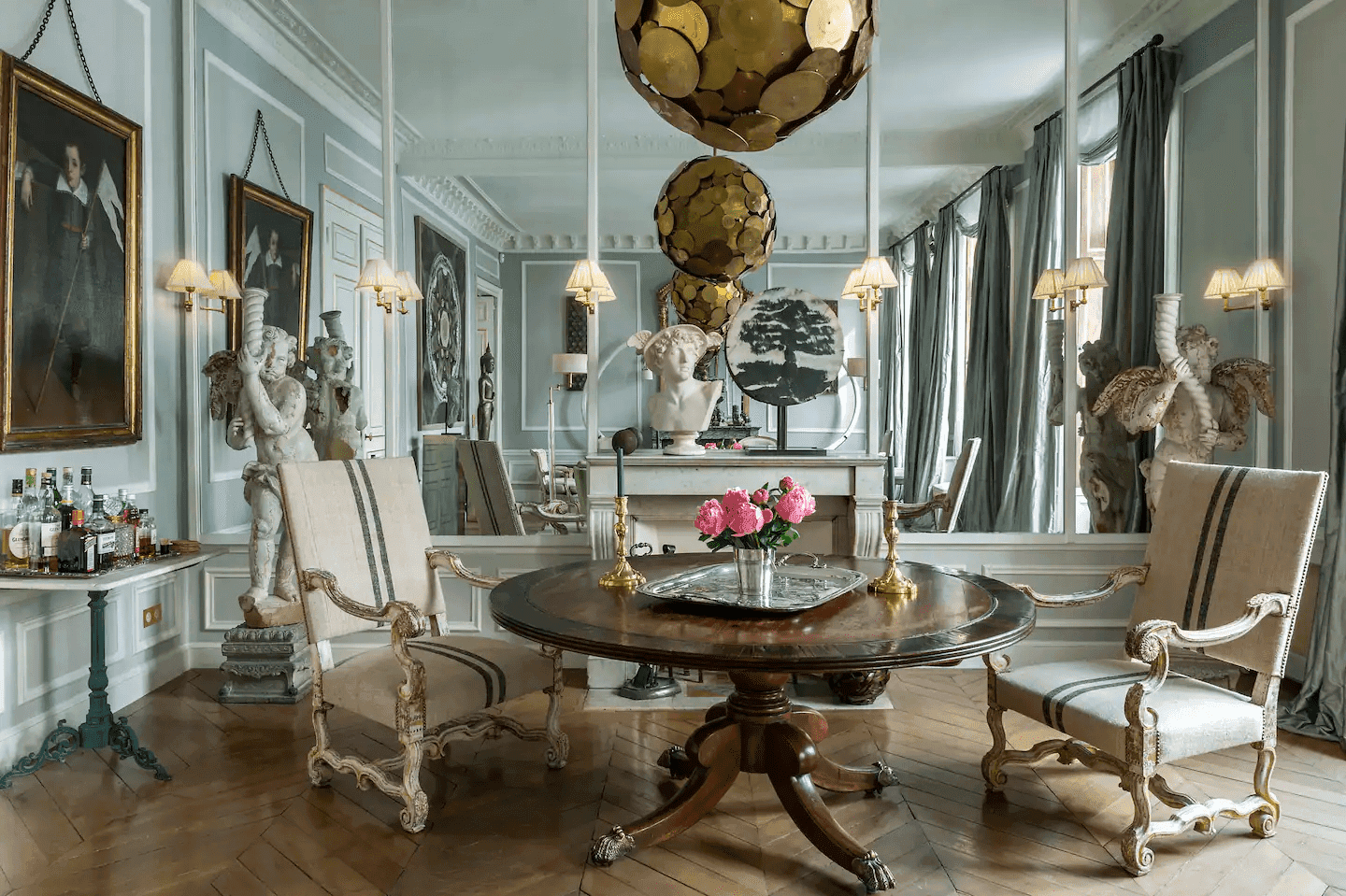Tips
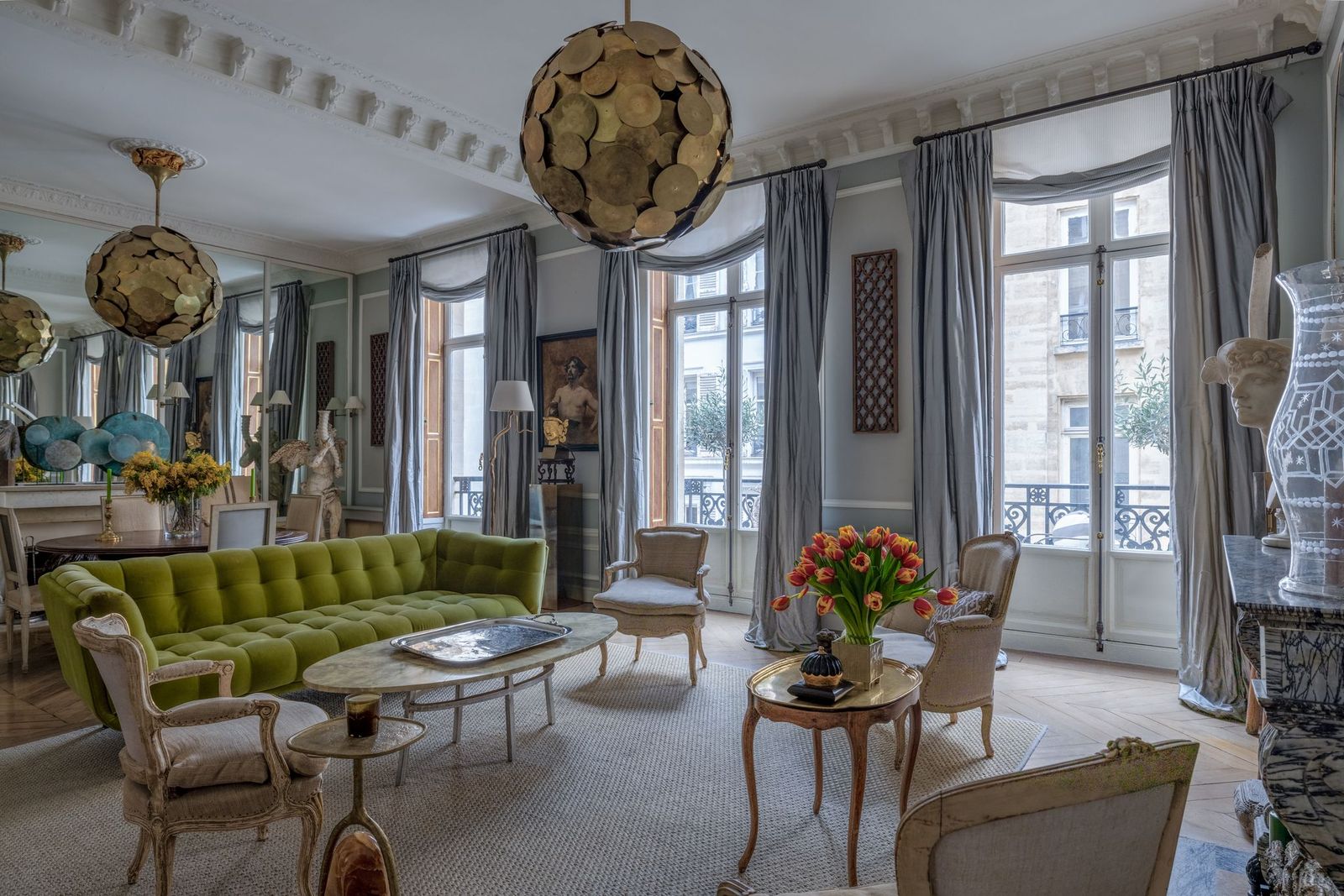
Christopher Noto
Jul 21, 2024
Discover how to effectively use rugs to define different areas, enhance decor, and add warmth and style to your space. Learn practical tips for choosing the right rug size, shape, and material, and explore creative ways to layer and place rugs for a cohesive interior design.
How to Use Rugs to Define Spaces and Add Style
Introduction
Rugs are a versatile and essential element in interior design, offering both functional and aesthetic benefits. They can define spaces, add warmth, and enhance the overall style of a room. In this blog post, we’ll explore how to use rugs effectively to define different areas, enhance your decor, and create a cohesive and stylish interior.
1. The Role of Rugs in Interior Design
A. Defining Spaces
Zoning: Rugs can be used to create distinct areas within a larger room, such as a seating area in a living room or a dining area in an open-plan space. They help delineate functional zones and organize the layout, making it easier to designate areas for specific activities.
Visual Boundaries: Use rugs to establish visual boundaries and separate different functions or zones within a room. This technique is especially useful in multi-purpose spaces where you want to clearly define separate areas while maintaining an open feel.
B. Adding Warmth and Comfort
Cozy Atmosphere: Rugs add warmth and comfort to a space, making it more inviting and pleasant to spend time in. They create a softer, more comfortable underfoot experience, enhancing the overall coziness of the room.
Soft Underfoot: Provide a soft surface underfoot, enhancing comfort and reducing noise in high-traffic areas. Rugs help absorb sound and create a quieter environment, making them a practical choice for busy spaces.
2. Choosing the Right Rug for Your Space
A. Size and Shape
Room Size: Select a rug size that fits the dimensions of your room and the furniture arrangement. Avoid rugs that are too small or too large, as they can disrupt the visual balance. A rug that’s proportionate to the room will help anchor the space and enhance its visual appeal.
Shape: Choose a rug shape that complements the layout of the room and the shape of your furniture. Common shapes include rectangular, square, round, and runner rugs. The shape of the rug should enhance the room’s flow and harmonize with the furniture arrangement.
B. Material and Texture
Material: Consider different rug materials based on durability, comfort, and style. Options include wool, cotton, jute, and synthetic fibers. Choose a material that suits the room’s function and traffic level, ensuring it meets both practical and aesthetic needs.
Texture: Select a texture that adds interest and complements other elements in the room. For example, a plush shag rug can create a cozy atmosphere, while a flatweave rug offers a sleek, modern look. Textural variety can enhance the room’s visual and tactile experience.
3. Layering Rugs for Depth and Style
A. Mixing Rugs
Contrast and Complement: Layer rugs with different textures and patterns to create depth and visual interest. Pair a patterned rug with a solid-color area rug for a dynamic effect. Mixing rugs can add complexity and enhance the room’s design.
Color Coordination: Ensure that layered rugs coordinate with each other and with the overall color scheme of the room. This creates a cohesive and harmonious look, making sure that the rugs enhance rather than clash with the room’s decor.
B. Rugs on Rugs
Smaller Rugs: Place a smaller rug on top of a larger rug to highlight specific areas or create a focal point. For example, use a patterned rug over a neutral area rug to define a seating area. This technique can add visual interest and draw attention to key areas in the room.
4. Practical Tips for Rug Placement
A. Furniture Arrangement
Under Furniture: Position rugs so that they are placed under key furniture pieces, such as sofas and dining tables, to anchor the space and create a cohesive look. This placement helps integrate the rug into the room’s layout and supports the overall design.
Edge Placement: Ensure that the edges of the rug are visible and that the rug is centered in relation to the furniture arrangement. This helps maintain visual balance and ensures that the rug complements the room’s design.
B. Maintenance and Care
Cleaning: Regularly clean and maintain rugs to keep them looking their best. Follow manufacturer instructions for cleaning and spot treatment to ensure longevity. Proper care helps preserve the rug’s appearance and functionality over time.
Protecting Rugs: Use rug pads to prevent slipping and protect flooring surfaces from damage. Rug pads also help extend the life of the rug by reducing wear and tear, making them a practical addition to any rug placement.
5. Examples of Effective Rug Use
A. Living Rooms
Cozy and Defined: Use a large area rug to define the seating area and add warmth to the living room. Layer with smaller rugs for added texture and style. This approach creates a comfortable and inviting space that enhances the room’s functionality.
B. Dining Areas
Stylish and Practical: Place a rug under the dining table to create a defined dining zone and add visual interest. Ensure the rug is large enough to accommodate chairs when pulled out. This placement enhances both the aesthetics and practicality of the dining area.
Conclusion
Rugs are a valuable design tool that can define spaces, add warmth, and enhance the style of any room. By choosing the right size, shape, material, and placement, you can use rugs to create a cohesive and stylish interior that meets both functional and aesthetic needs. Experiment with layering and coordinate rugs with other design elements to achieve a beautifully designed space.

Design Insights: Tips, Trends, and Inspiration for Your Space
Search ressources

